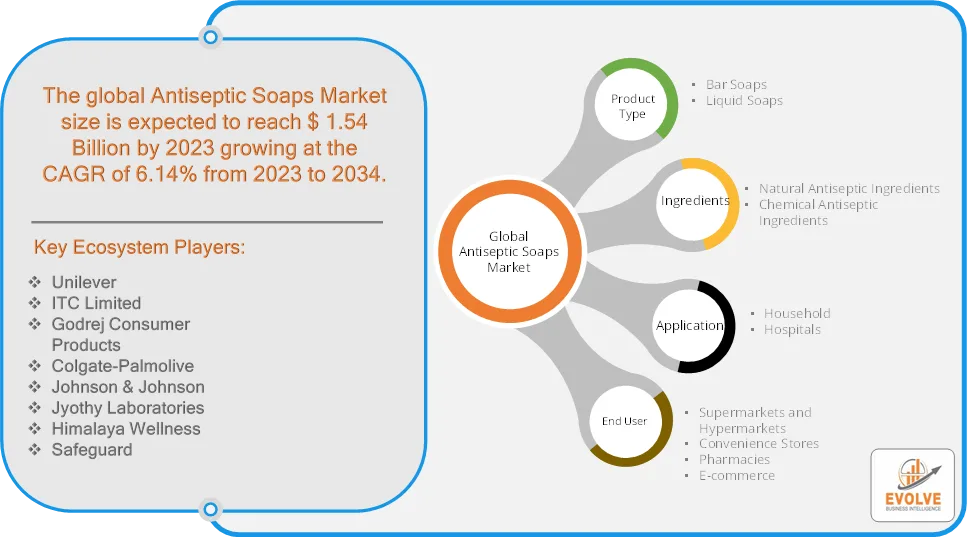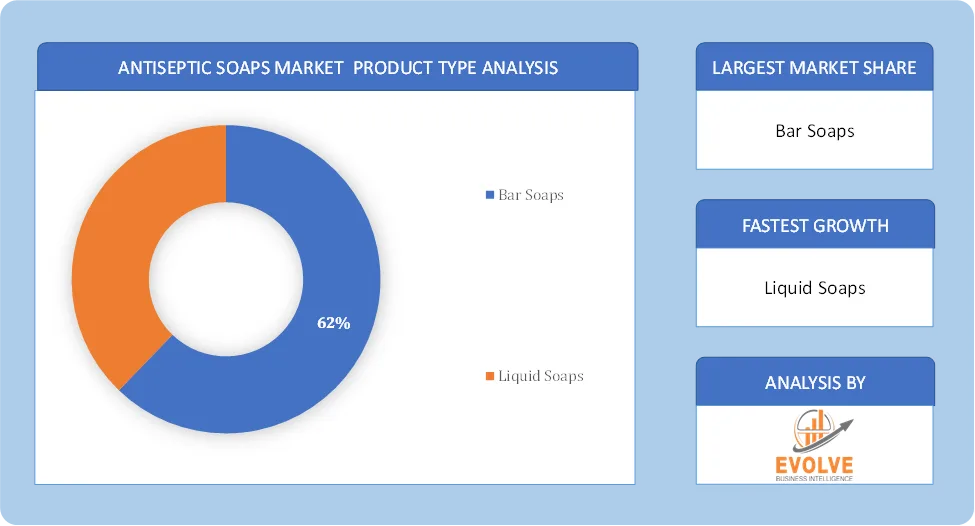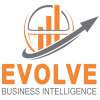Antiseptic Soaps Market to Reach USD 5.87 Billion by 2034

Evolve Business Intelligence has published a research report on the Global Antiseptic Soaps Market, 2024–2034. The global Antiseptic Soaps Market is projected to exhibit a CAGR of around 6.14% during the forecast period of 2024 to 2034.
Evolve Business Intelligence has recognized the following companies as the key players in the global Antiseptic Soaps Market: Reckitt Benckiser Group Plc, Procter & Gamble (Lifebuoy), Unilever, ITC Limited, Godrej Consumer Products, Colgate-Palmolive, Johnson & Johnson, Jyothy Laboratories, Himalaya Wellness and Safeguard.
The Global Antiseptic Soaps Market is projected to be valued at USD 5.87 Billion by 2034, recording a CAGR of around 6.14% during the forecast period. The Antiseptic Soaps Market is driven by increasing awareness of personal hygiene, rising concerns about infectious diseases, and growing demand for antibacterial products in healthcare, household, and commercial settings. Consumers are increasingly seeking antiseptic soaps with herbal extracts and essential oils, viewing them as safer alternatives.
The antiseptic soaps market is poised for continued growth, driven by a heightened focus on hygiene and ongoing product innovation. Manufacturers are adapting to consumer preferences for natural ingredients, sustainable products, and convenient purchasing options through online channels.
Download the full report now to discover market trends, opportunities, and strategies for success.
Segmental Analysis
The global Antiseptic Soaps Market has been segmented based on Product Type, Ingredients, Application and End Use.
Based on Product Type, the Antiseptic Soaps Market is segmented into Bar Soaps, Liquid Soaps. The Liquid Soaps segment is anticipated to dominate the market.
Based on Ingredients, the global Antiseptic Soaps Market has been divided into Natural Antiseptic Ingredients, Chemical Antiseptic Ingredients. The Natural Antiseptic Ingredients segment is anticipated to dominate the market.
Based on Application, the global Antiseptic Soaps Market has been divided into Household, Hospitals. The Hospitals segment is anticipated to dominate the market.
Based on End User, the global Antiseptic Soaps Market has been divided into Supermarkets and Hypermarkets, Convenience Stores, Pharmacies, E-commerce. The Supermarkets and Hypermarkets segment is anticipated to dominate the market.
Regional Analysis
The Antiseptic Soaps Market is divided into five regions: North America, Europe, Asia-Pacific, South America, and the Middle East, & Africa. North America is a mature market for antiseptic soaps, driven by high hygiene standards, stringent regulations, and a well-established healthcare sector. High hygiene standards, well-established healthcare infrastructure, increasing prevalence of healthcare-associated infections (HAIs), and significant healthcare expenditure drive the market in this region. Europe has strong demand for antiseptic soaps due to its strict environmental regulations and growing preference for eco-friendly and organic hygiene products. Stringent government regulations regarding hygiene and infection control in healthcare facilities are key drivers. High user awareness and demand for eco-friendly and sustainable antibacterial solutions characterize the European market. Asia-Pacific is the fastest-growing region, driven by increasing hygiene awareness, rising disposable income, and expanding retail & e-commerce sectors. Rapid economic development, increased healthcare investments, a large population base, and rising awareness about personal hygiene and cleanliness, especially in densely populated countries like China and India, are fueling market growth. Latin America is witnessing moderate growth, driven by increasing hygiene awareness and government initiatives to improve public health. Rising urbanization and middle-class population, increasing hygiene product adoption and expansion of retail and pharmacy chains, improving product accessibility. The Middle East & Africa region is experiencing gradual growth, particularly in urban centers where hygiene awareness is rising. Increasing investments in healthcare infrastructure, driving demand from hospitals and growing consumer preference for premium antiseptic soaps in Gulf countries.



